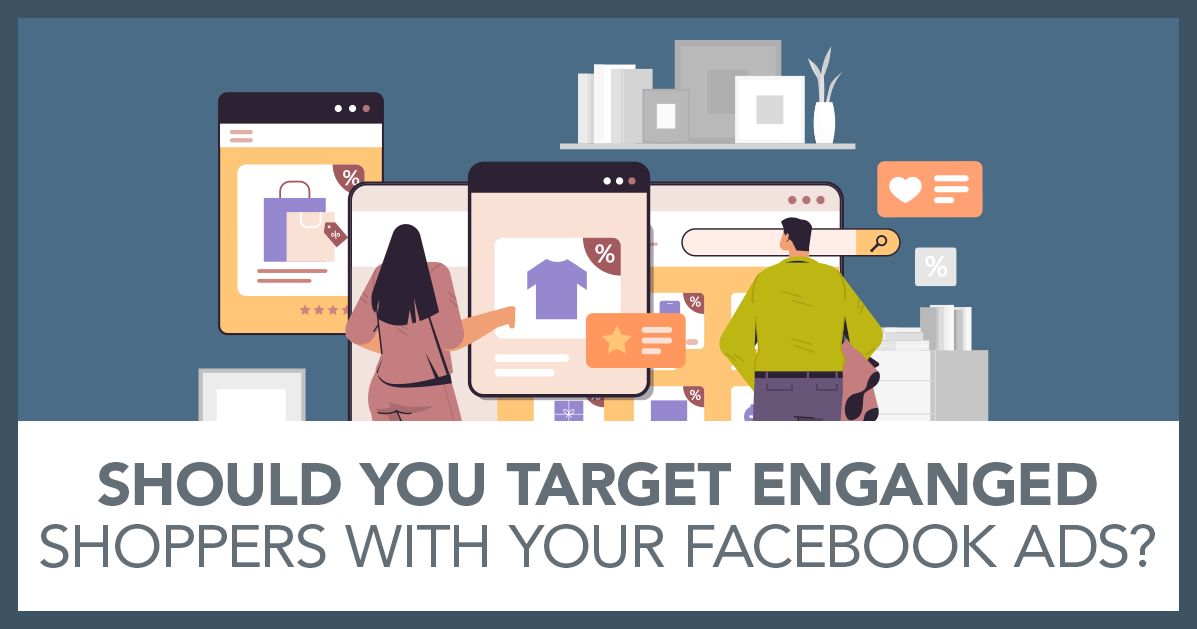
Should You Target Engaged Shoppers with your Facebook Ads?
I’m getting a lot of questions about the targeting option in Facebook that’s called “engaged shoppers.” You may have seen this come up as an option when you’re creating your Facebook ad campaigns.
You might be wondering if using this targeting option in Facebook is a good idea or a bad idea. It probably seems like targeting engaged shoppers would mean you get a higher conversion rate.
Sometimes you DO get a higher conversion rate with this targeting option. But it isn’t always that simple.
In this guide, I’ll show you when to use the engaged shopper option and when to NOT use the engaged shopper option.
Like most things in Facebook advertising a lot of whether or not the “engaged shoppers” targeting option will work well comes down to what type of business you have and what kind of campaigns you’re running.
How to Select Engaged Shoppers for Your Facebook Ads
The best way to show you how the engaged shoppers targeting option works is to create an example campaign.

You’ll start by choosing conversions as your campaign objective.
Tip: Facebook is always tweaking it’s interface. If you don’t see a screen that is exactly like this, don’t worry. The option is likely to be there, but may show up slightly differently.
Next I’ll jump over to the ad set level so that I can show you where to find the “engaged shoppers” option. The ad set level is where you find all the targeting options on a Facebook ad campaign.
The ad set level is found here:

You want to scroll until you find the detailed targeting section and click on the edit button.

Sometimes the “engaged shoppers” audience will pop up as an automatic option, but if it doesn’t that’s fine. You can still get to it by typing in “engaged shoppers” under detailed targeting.

Normally, you won’t use engaged shoppers as your ONLY targeting option. Instead, you’ll use it to narrow your audience.
For example, if you run an ecommerce business and are selling hats, you might choose “hat” as a targeting option.

You can see in the screenshot above that in the UK the potential reach is 51 million, but this is with the detailed targeting expansion button ticked. Currently this detailed targeting option is auto filled on Facebook.
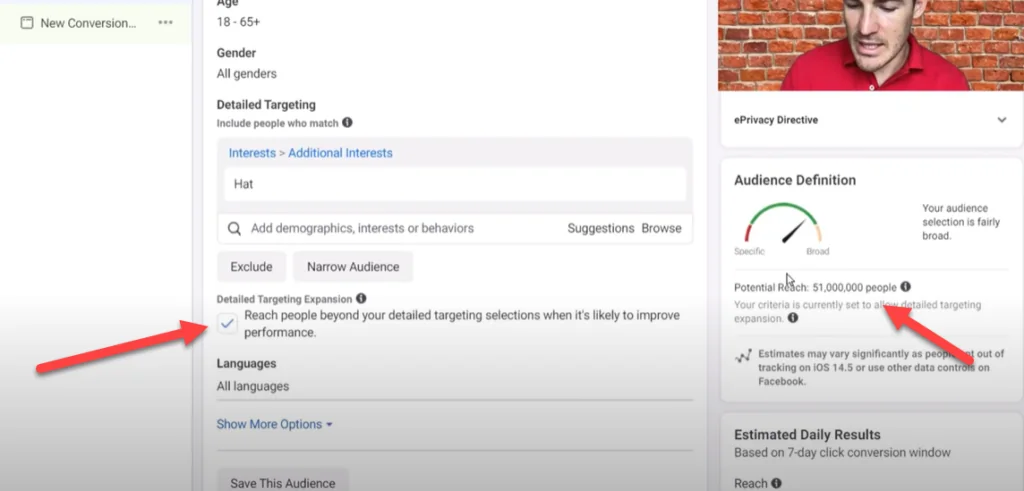
When we take the detailed targeting expansion off, you will see that the 51 million people goes down to 1.7 million. These are the folks that have an actual interest in hats.
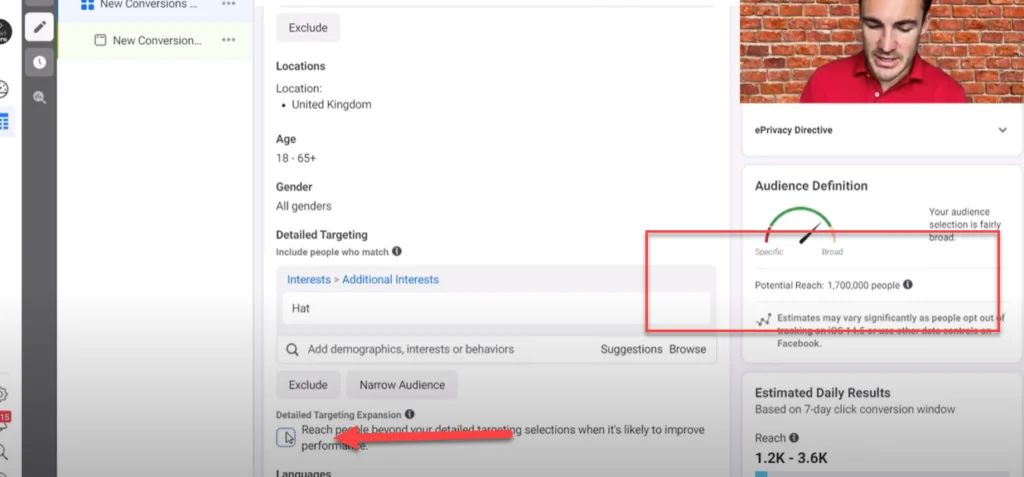
Once you’ve unchecked the detailed targeting expansion box you can then narrow your audience further to only include engaged shoppers.
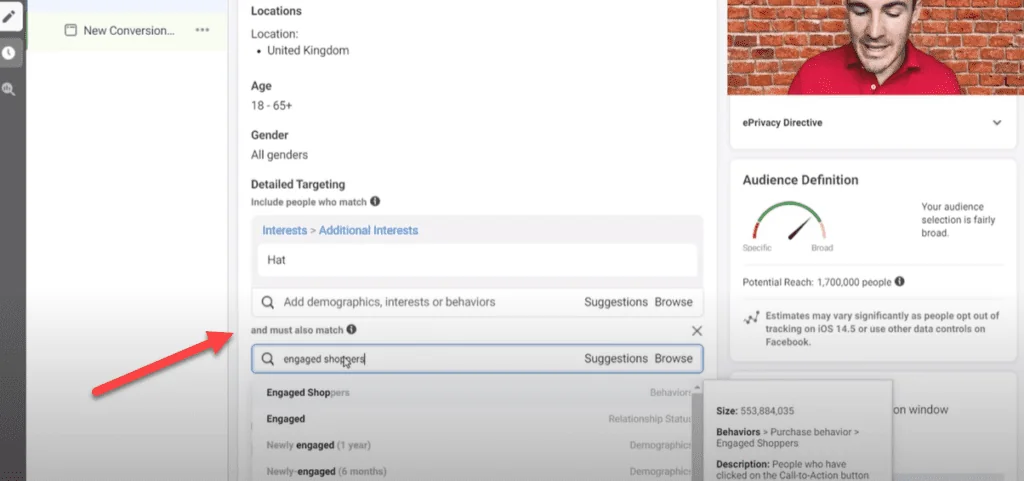
The “and must also match” option means that this audience has to be people who are interested in hats AND who are engaged shoppers. They have to meet both criteria to be included in this offer.
Facebook also gives us a detailed explanation of what “engaged shoppers” means. They are saying that it is “people who have clicked on the Call-to-Action button “Shop Now” in the past week.

That means that this is based on in app activity in either Instagram or Facebook.
With this change our audience has been decreased to 780,000 people.

From an audience size perspective, both the 1.7 million and the 780,000 size audiences are fine to use in an ad campaign.
Should You Use the Engaged Shoppers Criteria in Your Facebook Ads?
Now that you know how to set up engaged shoppers as a targeting option you may be still asking “should I use engaged shoppers as a targeting option in my campaigns?’
The answer is that “it depends.”
There are some types of products that the engaged shoppers targeting tends to work better with and even with those products you really need to test to see if it will work out better for you.
Typically, what we see when you narrow an audience with engaged shopper targeting is that you get a higher conversion rate, but it’s almost always ALSO more expensive to reach audiences that are engaged shoppers.
What happens is that a lot of advertisers use the engaged shopper targeting criteria, which then drives the price of ads up.
That’s why using the engaged shopper criteria doesn’t work in every niche and in every audience. Sometimes you might get a 20% conversion boost from using engaged shoppers, but get a 50% price increase. That can make your overall cost per conversion higher, which is the opposite of what you want.
Cost per conversion is the number you want to focus on the most because it’s the number that will tell you whether or not your campaign is profitable.
In our agency we’ve tested this a whole bunch of different ways and if you are selling common consumer goods like jewelry or apparel then using engaged shoppers will often work well.
But if you are selling something that is a service or that is more unusual than using engaged shoppers doesn’t typically work as well.
For instance, if you are selling fly fishing gear then that is a more specialized product line and the people who are really into fly fishing may be interested in what you are selling, but may not be hitting a lot of other “shop now” buttons – making the engaged shopping interest not work as well for this type of more specialized product.
How to Test to See if the Engaged Shopper Interest Will Work for You
Ultimately, knowing if the engaged shopper interest will improve your campaign performance comes down to testing. There are two effective ways to test this.
The first way is to run both ad sets at the same time. One ad set will be the interests only and the other ad set will be the interests plus the engaged shopper. Then you run them both at the same time for a week or two. There will be some overlap, so you shouldn’t do this forever, but it can help you determine which one will work better.
The second way is to run the ad sets consecutively. You will run one for a week and then the other for a week. It’s not true A/B split testing, but it can help you to narrow down what is going to work the best in your campaign.
What if the Test Results are Close?
What we are looking for with the engaged shopper interest is a campaign that is a clear winner. When I’m looking at testing numbers, I want to see something that is a 30% lower cost per conversion or better. Sometimes that happens.
But if the results are close, then it is almost always better to go with the LARGER audience rather than the engaged shopper interest. That’s because larger audiences tend to perform better overtime.
Another Awesome Free Facebook Training Resource
There is nothing I like better than to see business owners increase their ROI with Facebook Ads. In order to help business owners succeed with Facebook ads I’ve created a FREE webinar training that you can register for here.
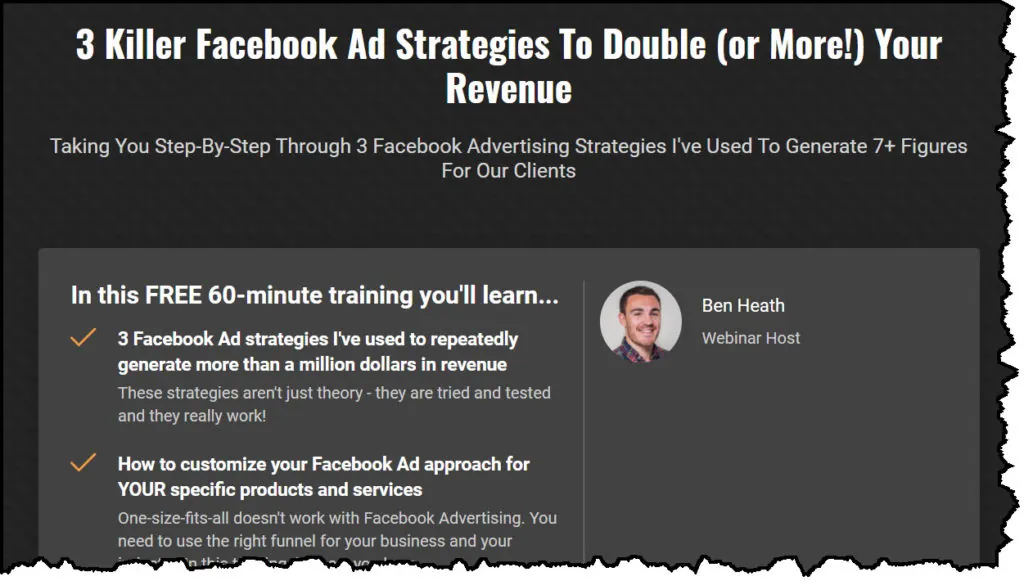
When you attend this webinar you’ll learn:
- 3 different Facebook ad strategies that we use every day. These strategies have generated millions of dollars in revenue and are tried and proven to work.
- How to customize the Facebook ads strategy to your particular business. There is no such thing as a one size fits all approach to Facebook ads.
- How Facebook and Instagram have changed and how to adjust your ad strategy to what works now!
Video Tutorial on When to Use the Engaged Shopper Interest
In this video I explain what the engaged shopper interest is, what it does, and when to use it.
The Bottom Line on Facebooks Engaged Shopper Interest
For some campaigns that sell things like jewelry or apparel that lots of people buy on a regular basis, the engaged shopper interest can decrease cost per conversion significantly.
For specialty items and services we’ve found that it doesn’t usually help much.
Ultimately, whether or not you should use the engaged shopper interest should be determined by testing to see if it helps your campaigns perform better.



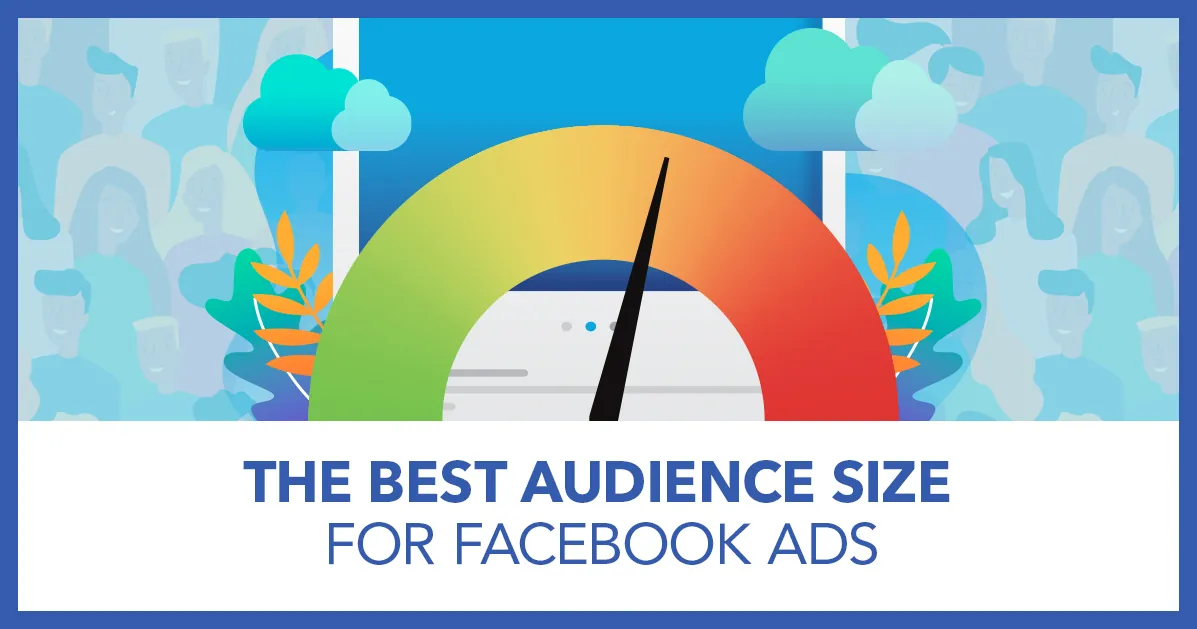
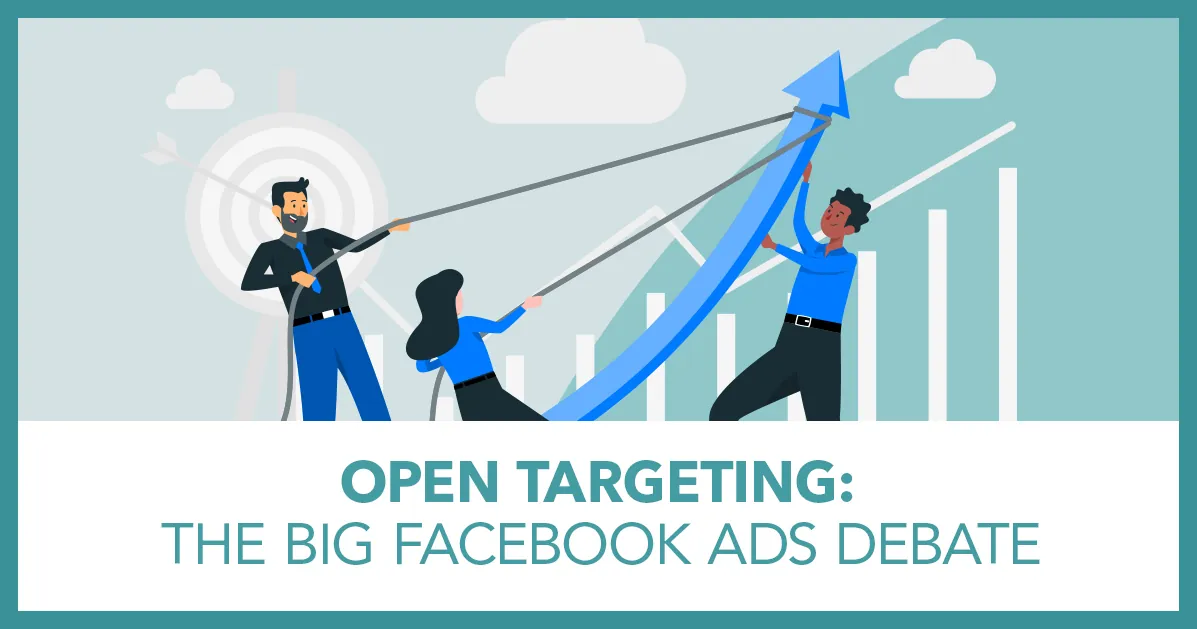
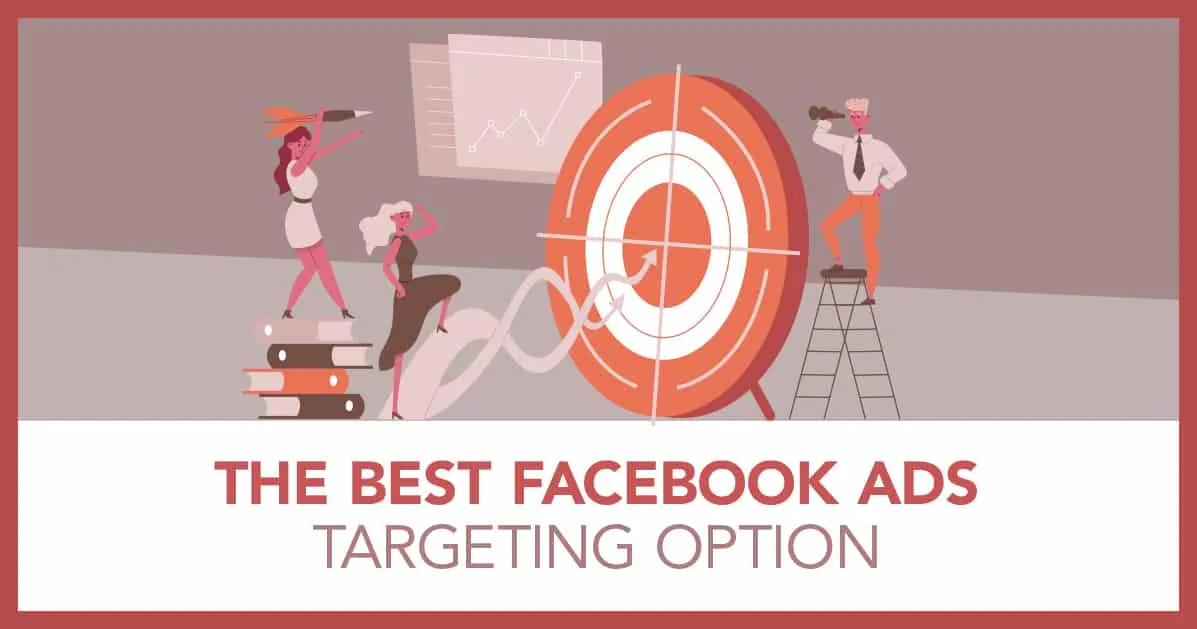
Sorry, the comment form is closed at this time.